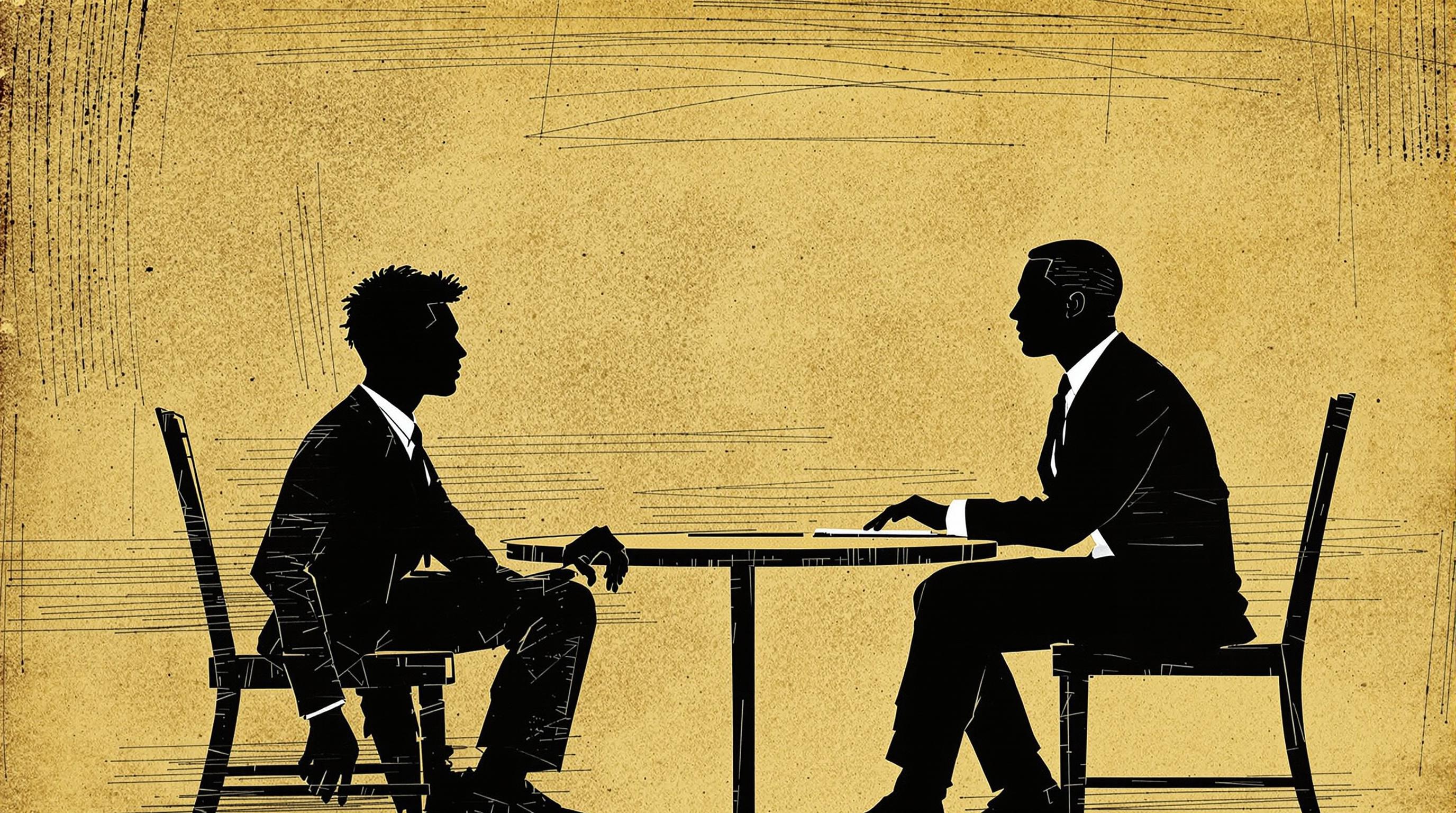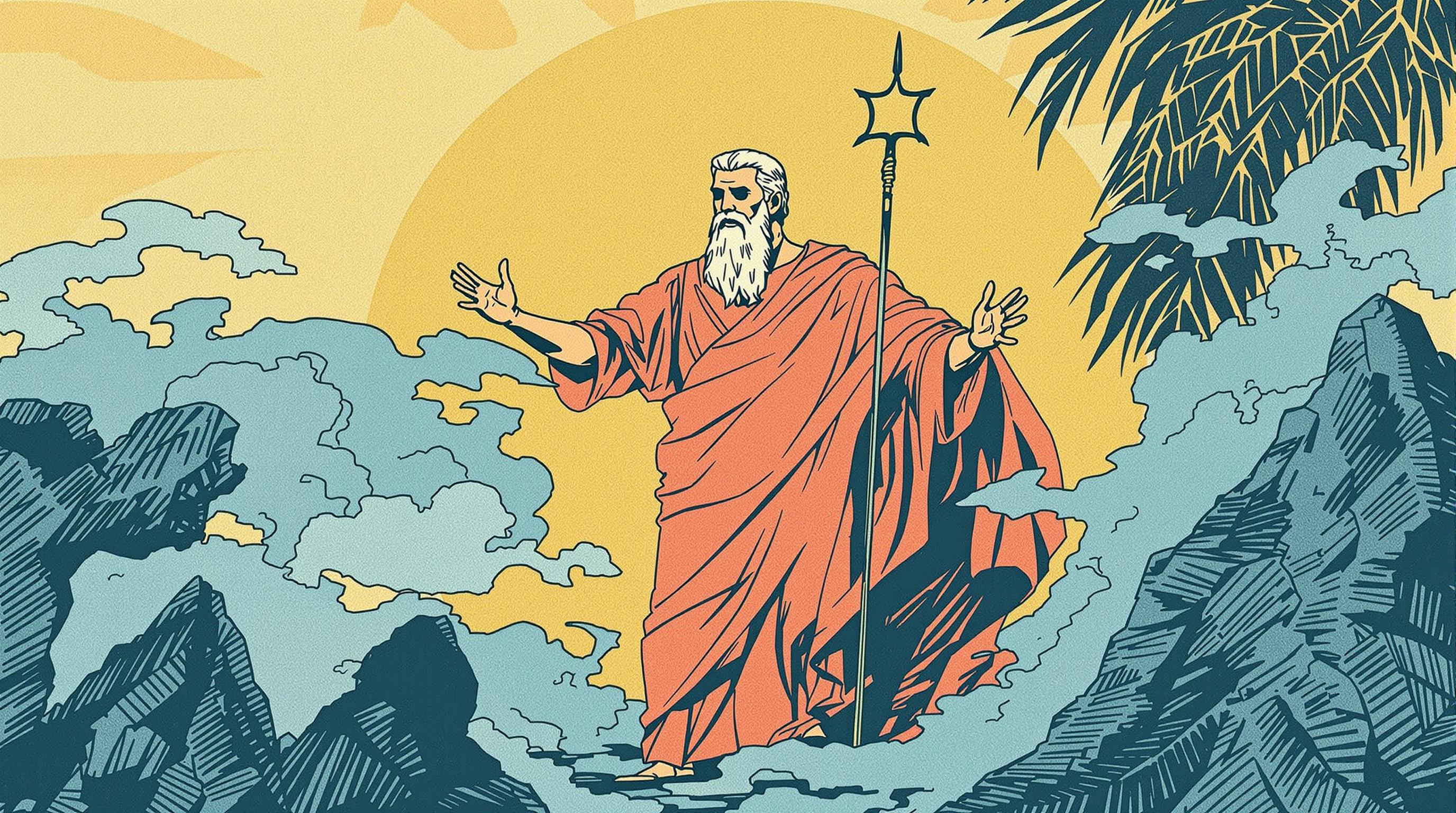Related Articles
- Navigating the Talent Labyrinth: How Emotional Intelligence Is Shaping New Hiring Practices in Unseen Markets
- Behind the Scenes: How Automating HR Processes Is Redefining the Future of Recruitment and Job-Seeking Strategies
- Beneath the Surface: Unveiling the Surprising Role of Environmental Sustainability in Shaping Future Careers
- Exploring the Quirky Side of Remote Work: How Hobbies Are Fueling Professional Success in Unexpected Ways
- How the Remote Revolution is Inspiring Unlikely Friendships Across Continents: A Study of Global Connectedness
- The Unforeseen Bond: How Virtual Coworking Spaces Foster Unexpected Connections Amidst Remote Work
9 Unexpected Literary Techniques to Master Persuasive Job Interview Storytelling and Captivate Recruiters
9 Unexpected Literary Techniques to Master Persuasive Job Interview Storytelling and Captivate Recruiters
9 Unexpected Literary Techniques to Master Persuasive Job Interview Storytelling and Captivate Recruiters
1. The Power of Metaphor
Metaphors enrich your storytelling by creating vivid imagery in the minds of your listeners. For instance, when recounting a challenging project, compare it to climbing a mountain. This metaphor not only highlights your perseverance but also conveys the journey's ups and downs, making your experience relatable and memorable.
Using a metaphor helps to paint a picture of your capabilities. Instead of stating facts, involving your audience's imagination allows them to feel your narrative's emotional depth, fostering a deeper connection with you. According to cognitive linguist George Lakoff, metaphors shape our understanding of the world, making them powerful tools in storytelling.
In your interview, think about your career journey as a story filled with peaks and valleys. The recruitment panel will appreciate your unique perspective, and your metaphor can transform a simple answer into an impactful narrative.
2. The Art of Personification
Personification breathes life into abstract concepts or objects, making your experiences more engaging. For example, if teamwork is vital in your past roles, describe it as a "powerful engine" that drives progress and fuels collaboration. This approach transforms a simple trait into a dynamic character in your story.
Recruiters are not just looking for skills; they are searching for candidates who understand the essence of the workplace culture they are hiring for. By personifying teamwork, you're illustrating its significance while also showcasing your role within that dynamic. It turns a straightforward answer into an insightful narrative.
When aptly executed, personification catches the attention of interviewers and allows them to visualize concepts integral to their organization's success, reinforcing your suitability for the role.
3. The Use of Foreshadowing
Foreshadowing can be an amazing technique in job interviews. When discussing past roles or accomplishments, drop hints about the success that came after facing challenges. For instance, if you peaked early in a project, allude to the eventual outcome to build suspense and interest.
This technique keeps the audience engaged while building curiosity about your narrative. By hinting at future success, you showcase not only your past capabilities and resilience but also your visionary outlook—an essential characteristic for prospective employers.
When foreshadowing, ensure your hints are relevant to the role at hand. This not only demonstrates your foresight but also subtly reinforces your fit for the position you're applying for, making your narrative even more compelling.
4. Creating Relatable Characters
In effective interviews, the characters in your story need to resonate with the audience—essentially, hiring managers. When talking about your colleagues, clients, or even mentors, develop them as relatable characters whose challenges and triumphs mirror your own.
These stories can create an emotional bond with interviewers, as they may find traces of their experiences in your characters. Illustrate how these individuals influenced your professional growth, which highlights your ability to build relationships and work collaboratively.
By creating relatable characters, you not only describe your experiences more vividly but demonstrate your communicative skills and emotional intelligence—qualities valued in almost any role.
5. Alliteration for Emphasis
Alliteration, the repetition of consonant sounds, can add rhythm and emphasis to your storytelling. For instance, instead of saying, "I improved team performance," you might say, "I significantly sparked team spirit." This not only makes your point more memorable but also showcases your creative communication skills.
In a competitive job market, creating a catchy phrase can leave a lasting impression. Recruiters are more likely to remember distinctive phrases when it comes time to make decisions. Embedded alliteration can act as a mental filing system, making your story stand out amidst a sea of candidates.
While alliteration should be used sparingly to avoid sounding contrived, a well-placed phrase can infuse your interview narrative with energy and engagement, making you unforgettable.
6. Employing Dialogue
Incorporating dialogue into your anecdotes can vividly illustrate your interactions and decision-making processes. Instead of stating, "I communicated with my team," you could recount a brief exchange: "I said, 'Let’s brainstorm solutions,' and their enthusiasm ignited a collaborative energy."
Dialogue lends authenticity and depth to your stories while establishing a clear context for your actions. It helps create a dynamic atmosphere in your narrative, shifting the focus from mere achievements to the interpersonal skills that led you there.
By skillfully engaging in dialogue, you demonstrate your ability to communicate effectively—a crucial skill in any job. It shows that you value collaboration and are cognizant of the voices around you, resonating well with many organizations' values.
7. Building a Tension Arc
All great stories have an arc of tension, and your interview narrative should be no different. Explore the challenges you faced in your career as tensions within your story that need resolution. Describe the peak moment of difficulty—this makes for a compelling narrative that captures attention.
By establishing a tension arc, you provide a structure that mirrors dramatic storytelling, inviting listeners to experience the highs and lows alongside you. This technique not only provides context for your accomplishments but reflects your critical thinking and problem-solving skills.
As your narrative resolves, make sure to convey the lessons learned. This not only transforms the tension into insight but also invites recruiters to imagine how you might face future challenges within their organization.
8. Utilizing Imagery
Imagery helps create a vivid picture in the minds of your interviewers. When describing a successful project, instead of saying it was fast-paced, you might say, "It felt like sprinting a marathon." Such sensory language allows recruiters to visualize the intensity you experienced.
The more vivid the imagery, the more memorable your points will become. This connection through imagery can convey emotions and significance that plain language may fail to capture. Helping interviewers visualize your experience can create a lasting impression on their minds.
Incorporating imagery draws recruiters into your story, allowing them to share in your experiences rather than just hear about them. Successfully employing this technique can enhance your relatability and engagement during job interviews.
9. The Element of Surprise
The unexpected twist can awaken intrigue. Instead of following the conventional approach, surprise the interviewer with an unexpected outcome of a project. For example, "I thought risk management would be my biggest challenge, but ironically, it was the innovative ideas that posed the greatest hurdles."
By introducing surprising elements, you engage your audience and highlight your ability to think critically and adaptively. This technique can effectively illustrate that you're not just a follower of a predetermined path, but someone who thrives amid uncertainty.
Layering your interview narrative with surprises showcases your creativity and keeps the recruiter emotionally invested. Surprising points can also emphasize your unique qualities and how they resonate with the organization's needs, thus enhancing your candidacy.




